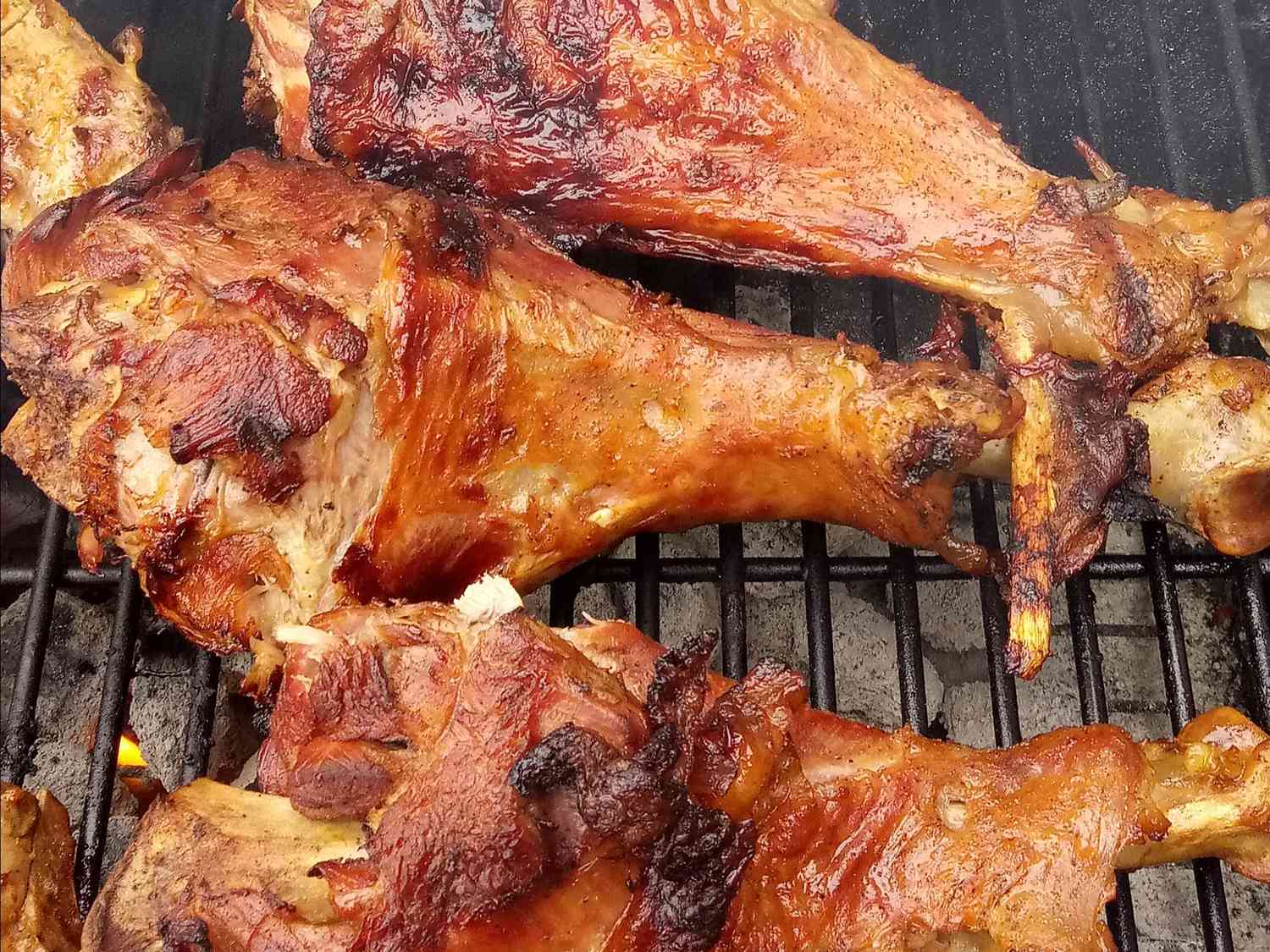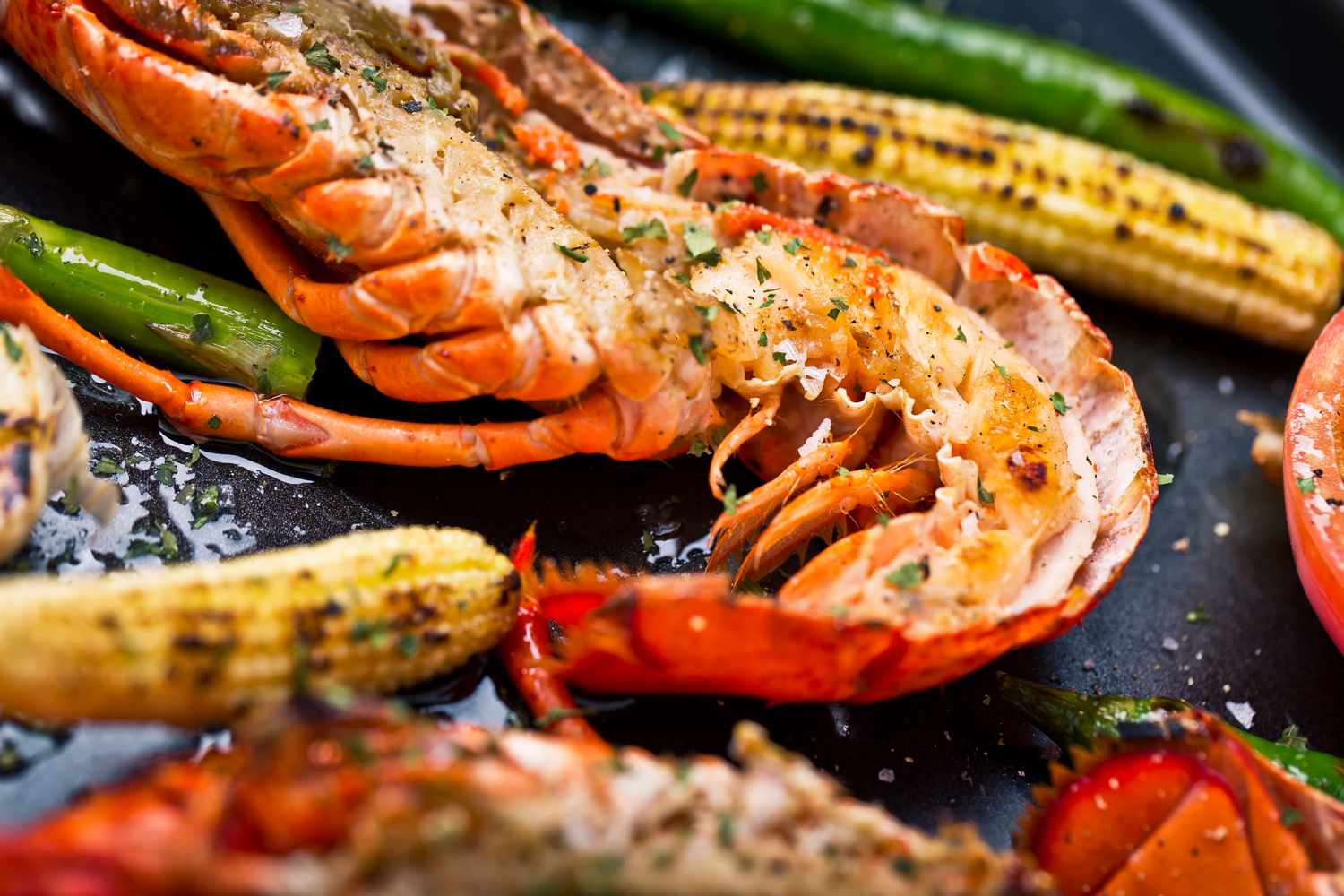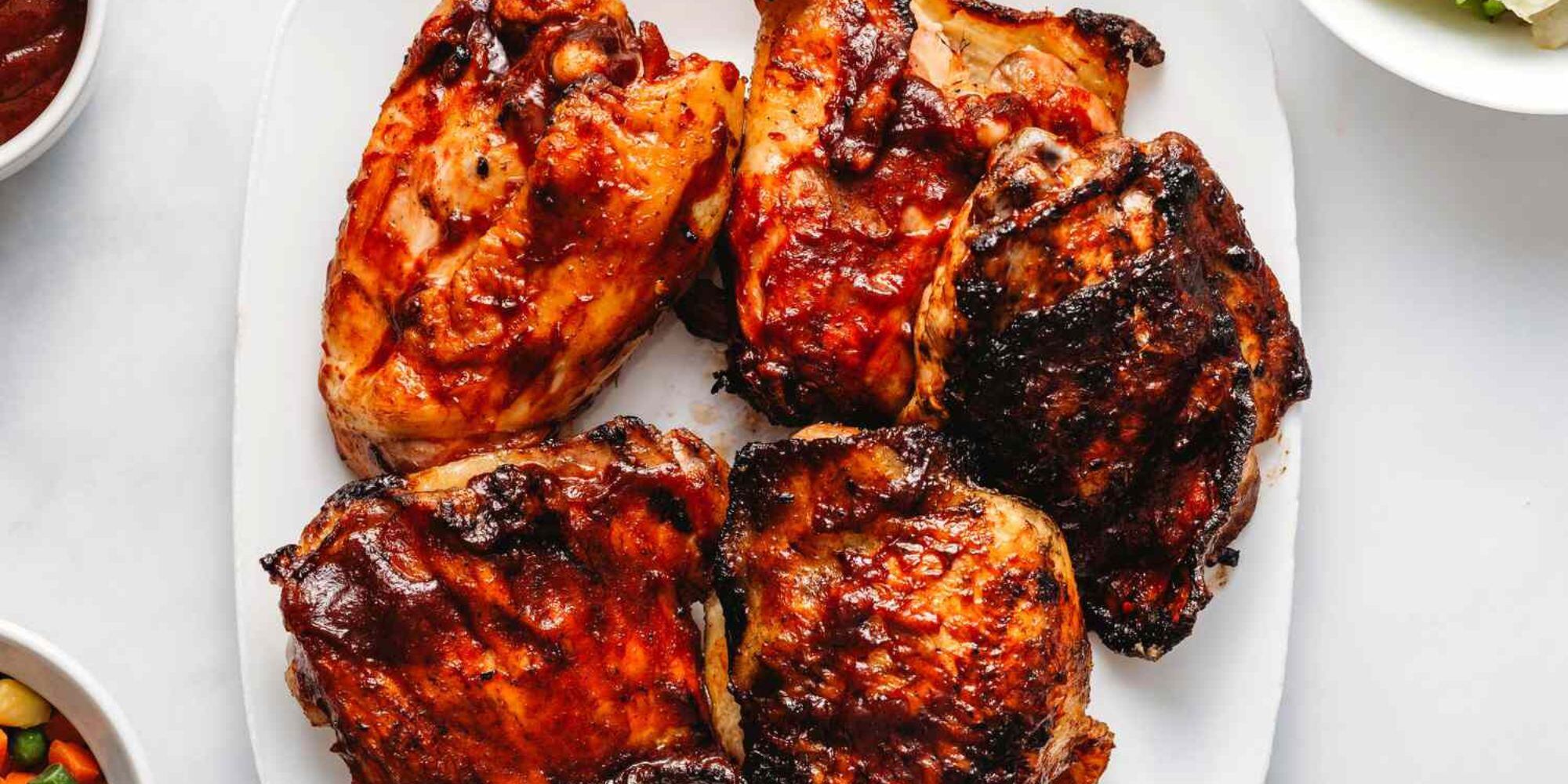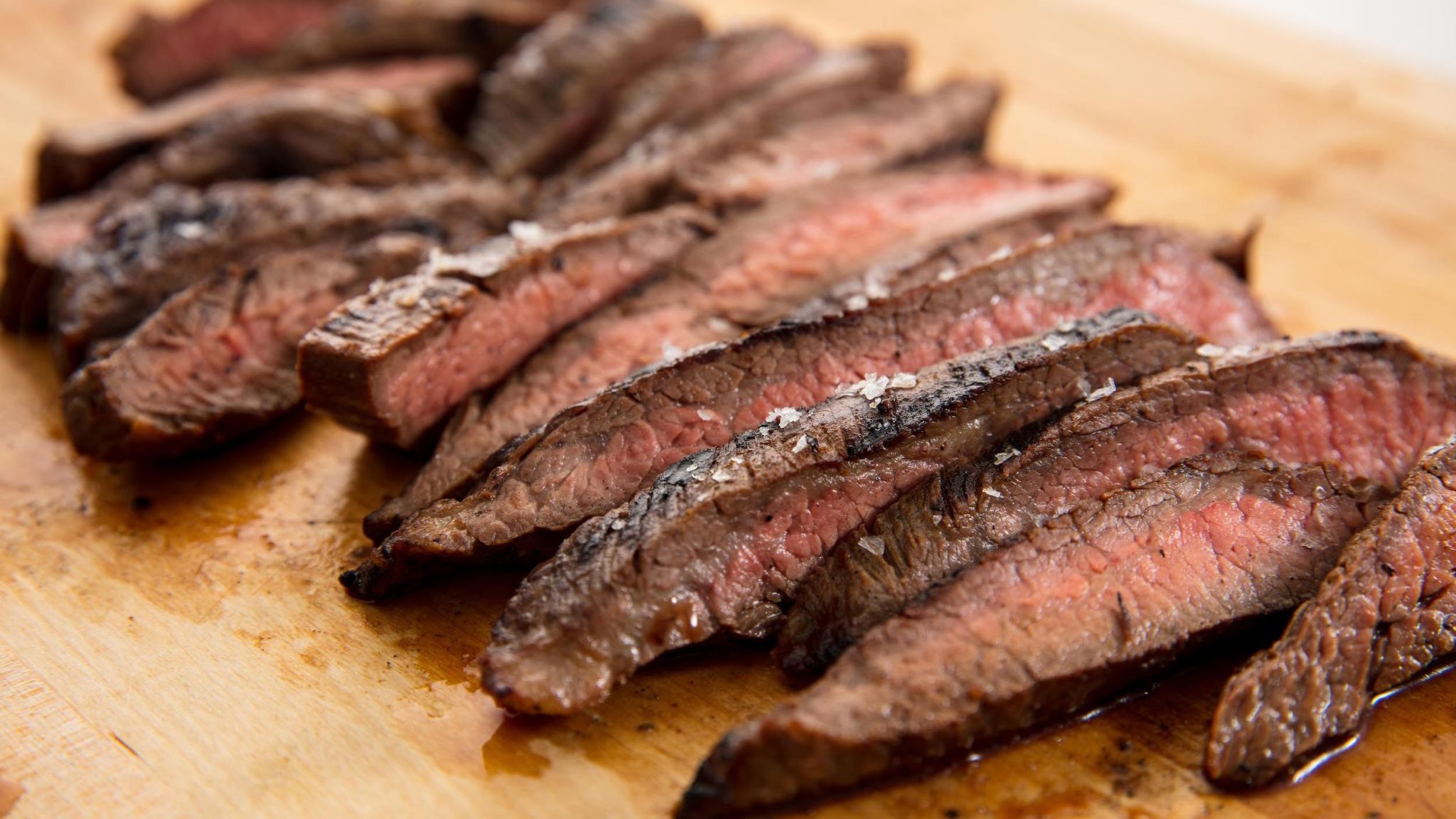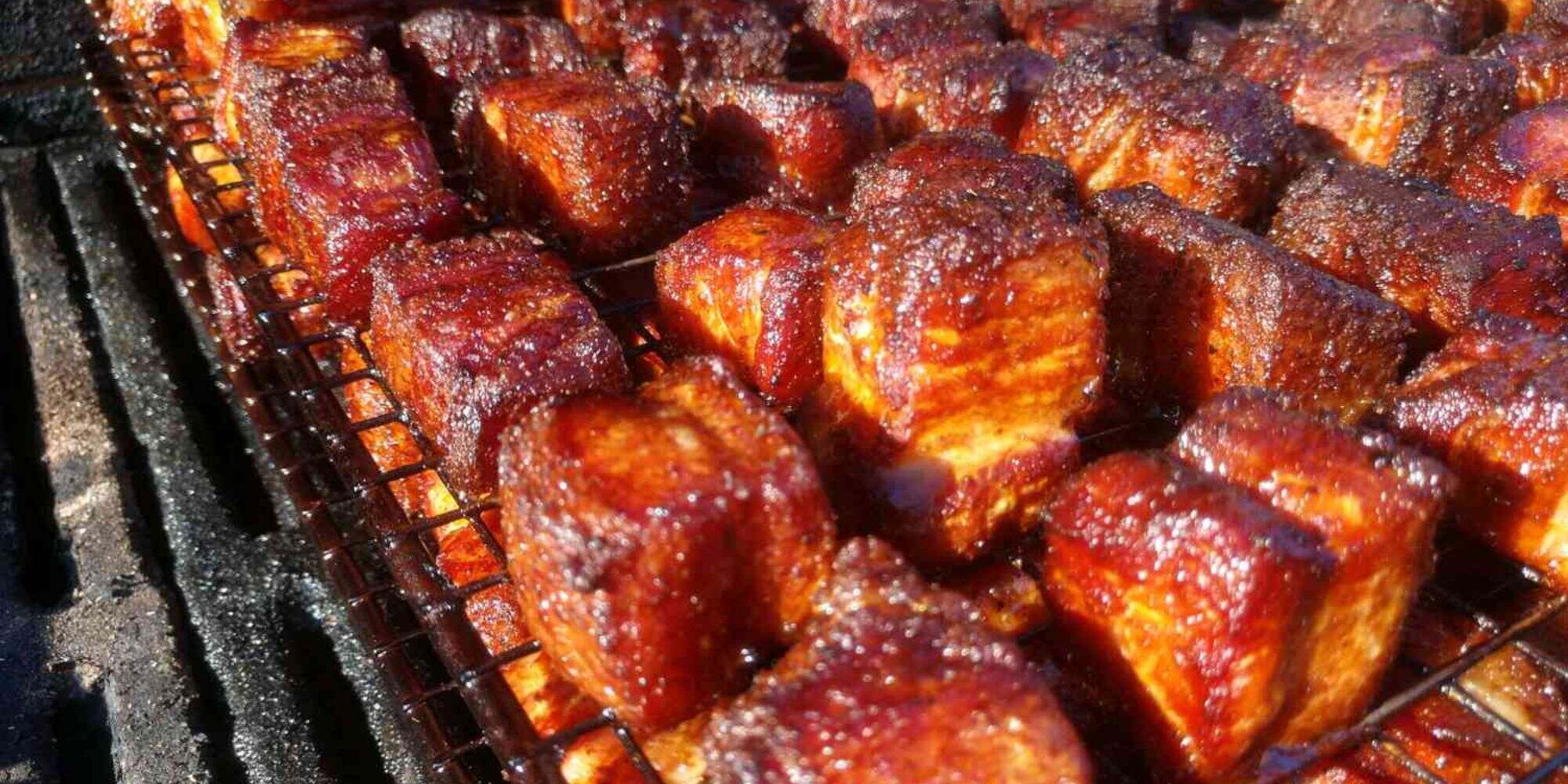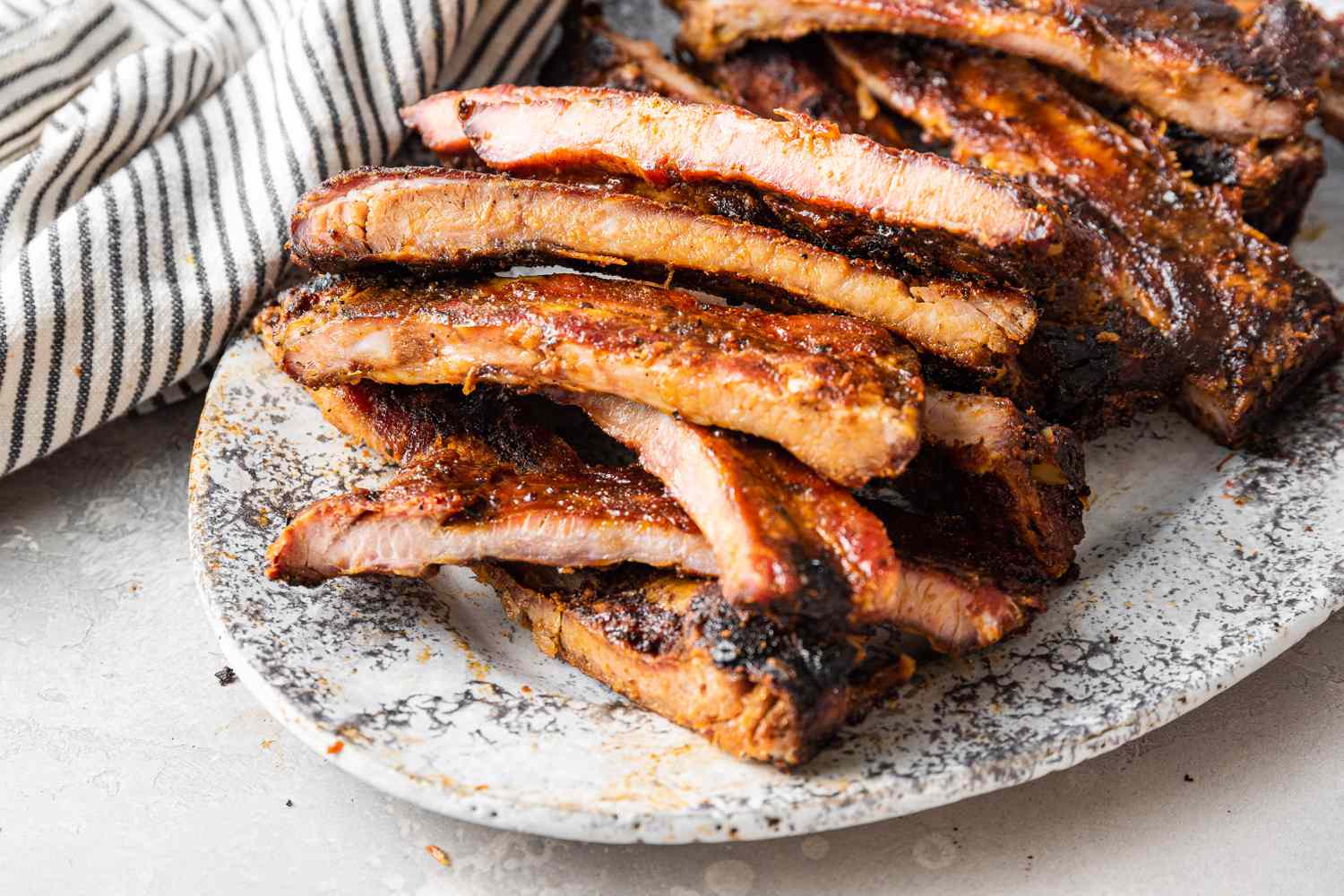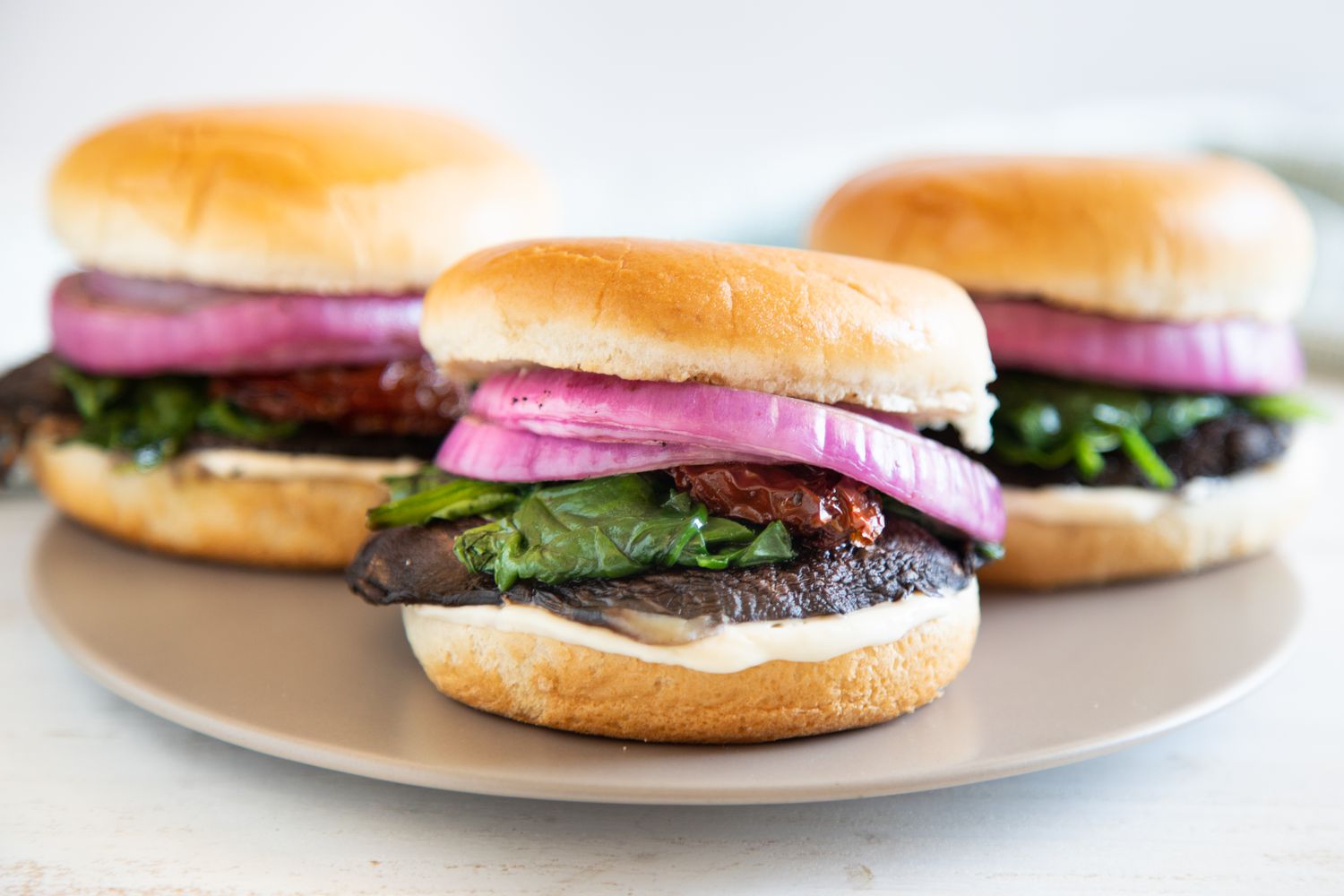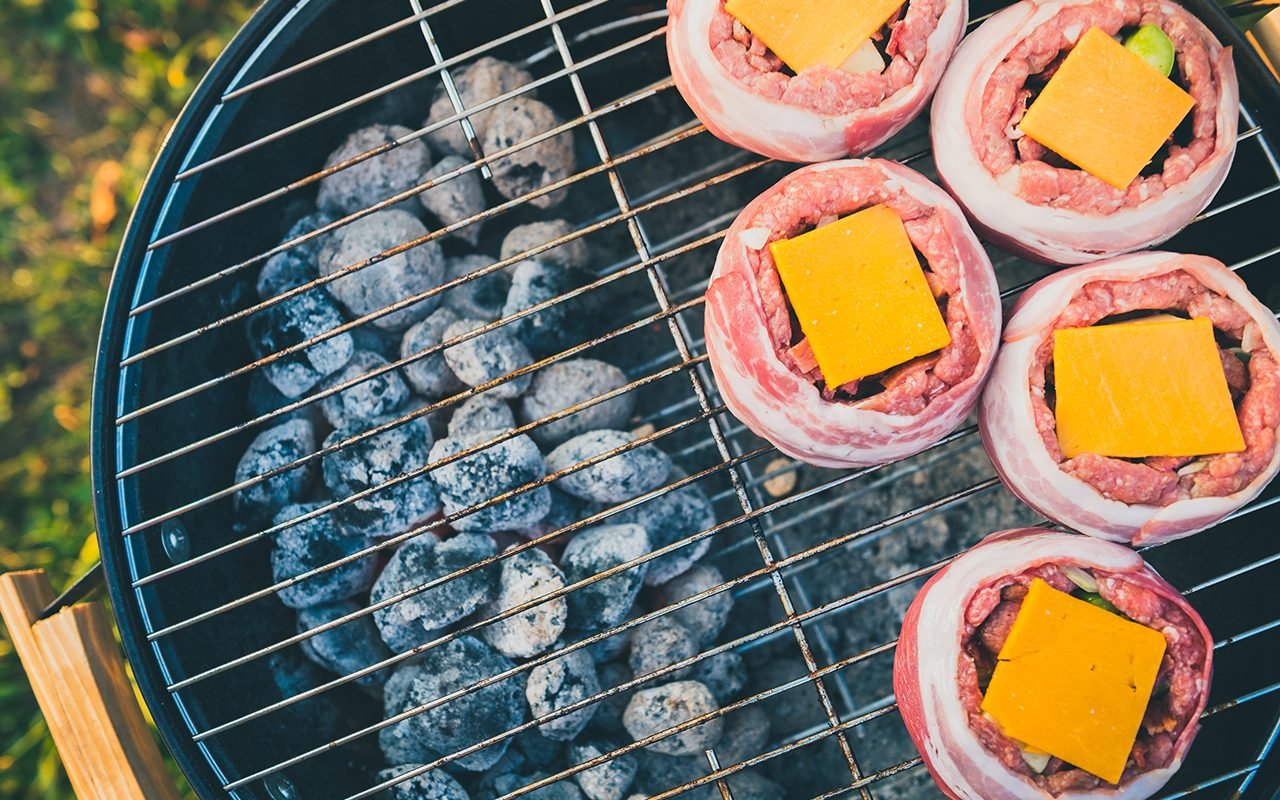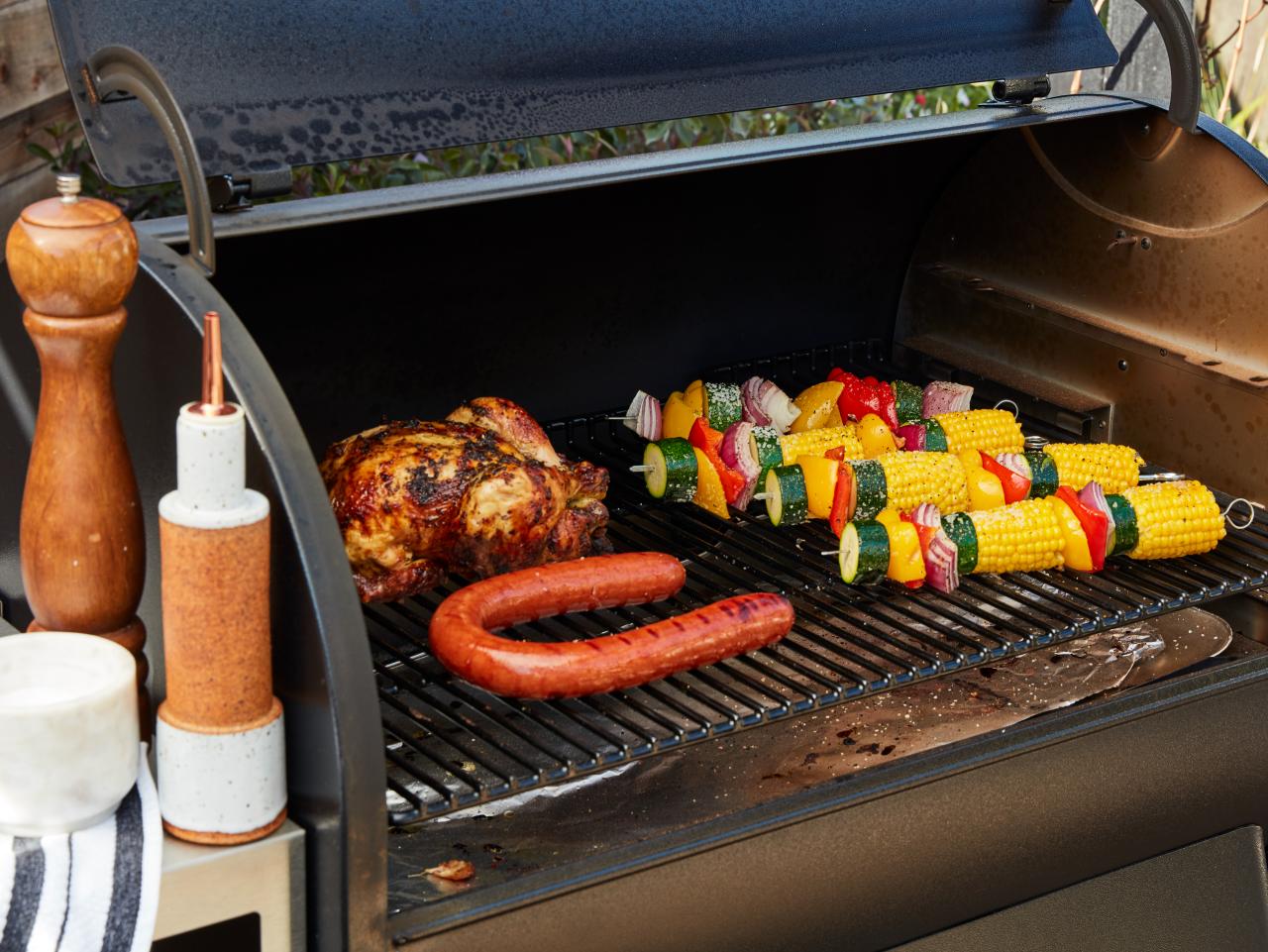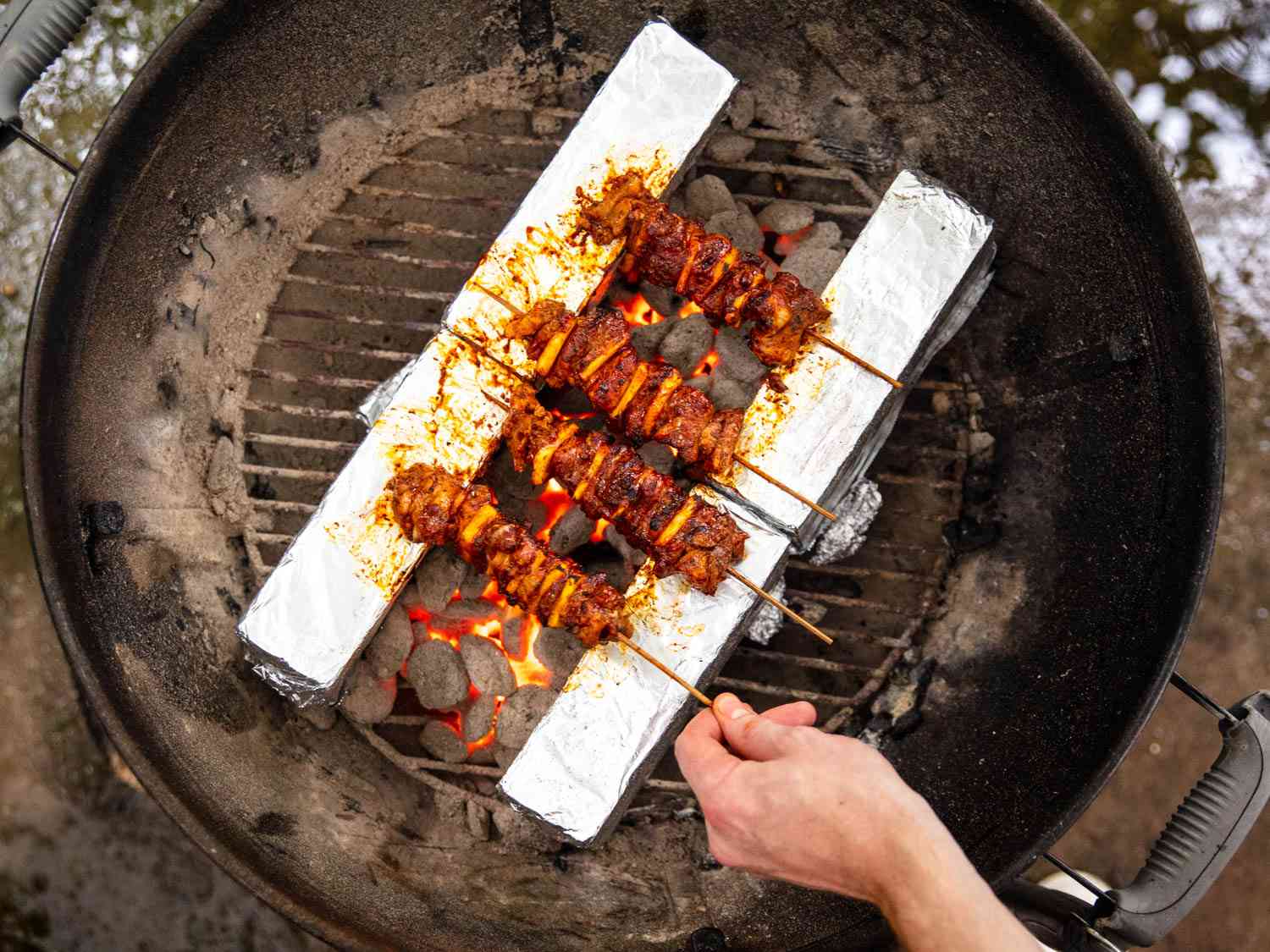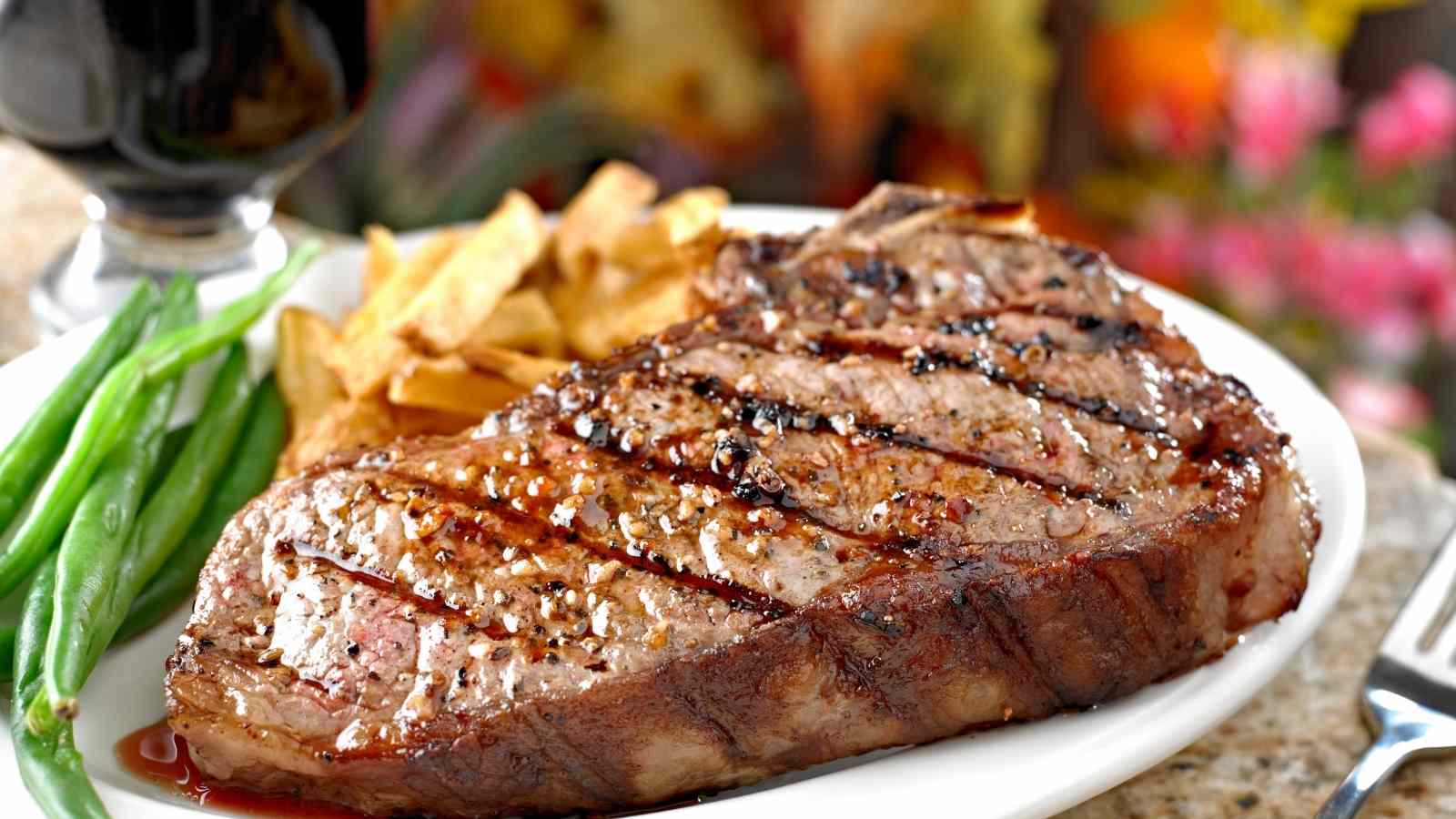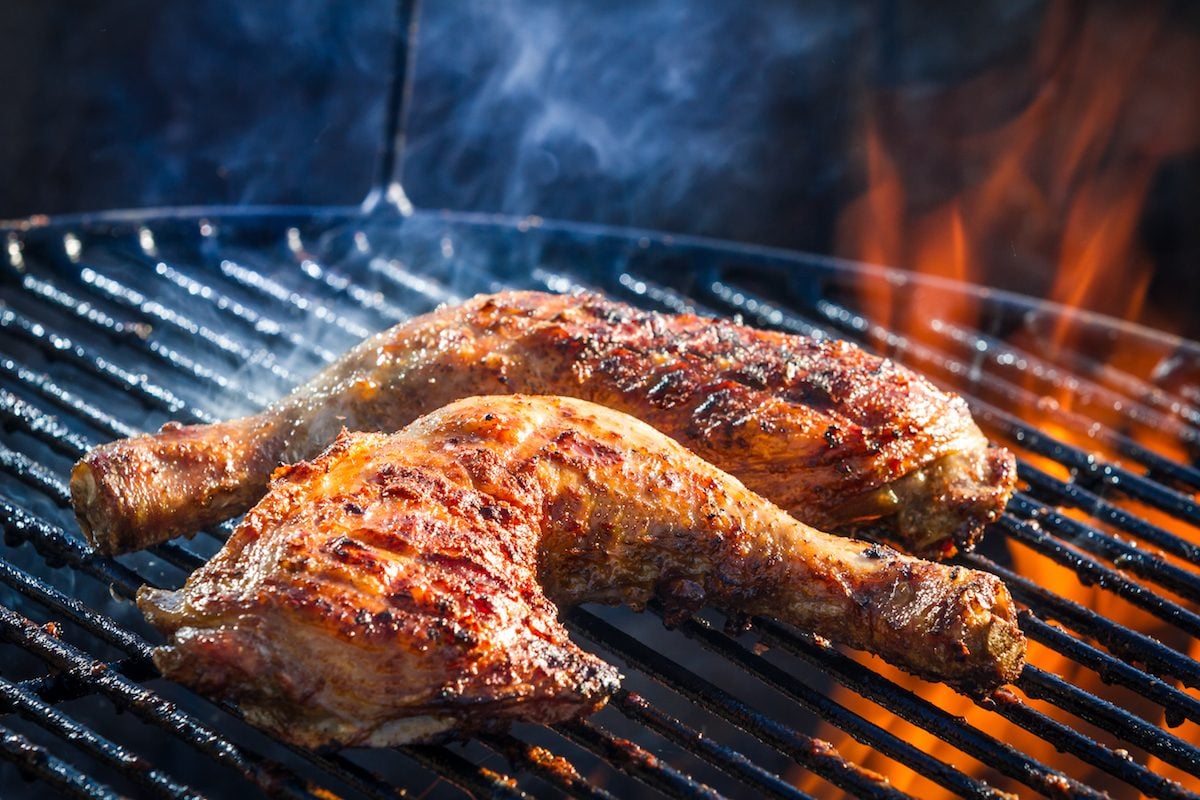The Burger Lab: How to Shape a Burger For Grilling or Broiling
When it comes to grilling or broiling a burger, one of the most important steps that often gets overlooked is shaping the patty. The way you shape your burger can greatly impact its final texture, cooking time, and overall taste. In this Burger Lab edition, we will dive into the art of shaping the perfect burger for grilling or broiling.
Why is shaping important?
The shape of your burger patty matters for several reasons:
- Even Cooking: A well-shaped patty ensures even cooking throughout, preventing any uncooked or overcooked spots.
- Juicy and Tender: Properly shaped burgers help retain the juices, resulting in a juicy and tender bite.
- Texture: The shape influences the texture of the burger, determining if it will be thick and hearty or thin and crispy.
Steps to shape the perfect burger:
Follow these steps to shape the ideal burger patty:
- Choose your ground meat: Select high-quality ground beef with a good fat content for the best flavor and juiciness. You can also experiment with other meats like turkey, chicken, or even veggie burgers.
- Divide the meat: (if making multiple patties) Divide the ground meat into equally portioned balls. This ensures uniformity in size and cooking.
- Form a loose ball: Take each portioned ball and gently shape it into a loose ball. Avoid overworking the meat, as it can result in a tough burger.
- Flatten the patty: Place the meatball onto a clean, flat surface and gently press down in the center using your fingertips or a burger press. Aim for a patty that is about ¾ to 1 inch thick. Be careful not to handle the meat too much, as it can lead to a dense burger.
- Create an indentation (optional): To prevent the burger from puffing up in the center during cooking, you can make a small indentation in the middle using your thumb. This helps the patty maintain its shape and ensures even cooking.
- Shape the edges: Smooth out the edges of the burger patty, making sure there are no cracks or uneven parts. This helps the patty hold together during cooking.
Tips for grilling or broiling:
Once you have shaped your burger patties, keep the following grilling or broiling tips in mind:
- Preheat the grill or broiler: Make sure your grill or broiler is preheated to the desired temperature before cooking your burgers.
- Oil the grill grates: Brush a thin layer of oil on the grill grates to prevent sticking.
- Cooking time: The cooking time will vary depending on the thickness of your patties and desired level of doneness. Aim for about 4-5 minutes per side for a medium-rare burger.
- Don’t press down on the patty: Resist the temptation to press down on the patty while cooking. This will cause the juices to escape, resulting in a drier burger.
- Resting time: Allow the burgers to rest for a few minutes after cooking to let the juices redistribute and the burgers to firm up slightly.
With these shaping and cooking tips, you’ll be well on your way to grilling or broiling the ultimate burger. Experiment with different seasonings and toppings to personalize your masterpiece. So, fire up the grill or broiler, and get ready to enjoy a perfectly shaped and delicious burger!
